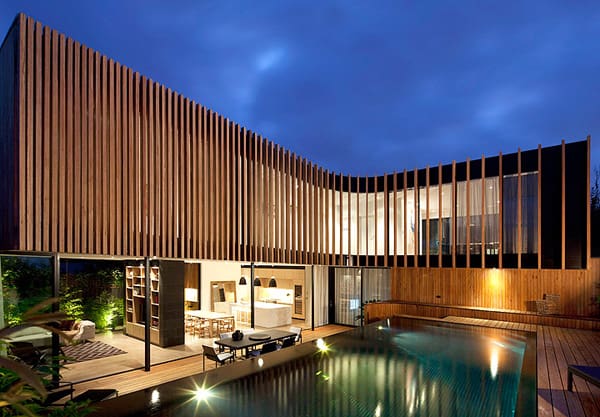
The Kooyong House has been designed by Matt Gibson Architecture in Melbourne, Australia. The existing site contained a grand Victorian double front dwelling in desperate need of repair. The front facade of the residence was preserved and restored to its original grandeur. After removing a previous addition, an upper level was added, as well as a garage and pool. The architects designed the new additions to be separate rather than attached to the existing building in order to give a textured appearance to the external spaces between the old and new.
From the architect: “Ground level links are made via a garage and a circulation bridge extending off the existing hallway. This hallway continues as a main axis through new and old to the rear of the site. Presented as a corridor of archways this ‘journey of time’ sets up a series of delayed thresholds or framed scenes. Although the new work is deliberately set apart as new pavilion, it is deliberately recessive from the street adding to the sense and cognitive interest once one reaches the end of the axis leaving little memory of the original Victorian dwelling.
The interior spatial logic of the original was flipped. The formality of the existing dwelling was deliberately used for adult (sleeping and greeting )uses whilst the rear of the ground level converts to more informal Living purposes with Children’s facilities upstairs. Small extensions off the ground floor ‘L’ and nips and tucks to the first floor enable a series of separate individual & private light courts that spill off the internal spaces.
The warmth & sensuous use of the timber cladding and the employment of radii/curved corners within the apexes of the stacked ‘L’s also help to enhance a more sculptured and playful point of difference to the rigidity and masculinity the existing building. The central courtyard area could have presented as the rear faces of the front and rear buildings however these spaces perhaps instead provide the most interestingly spatial experience & reading of the history of the site. A glass prism openable to the elements links in a metaphorical bridge between old and new and provides an important temperature regulator. The ‘stacked’ floors of the timber façade wall combine and separate in opposite directions in a ‘paper tearing’ action accentuating the more sinuous and organic drama of the rear building.” Via

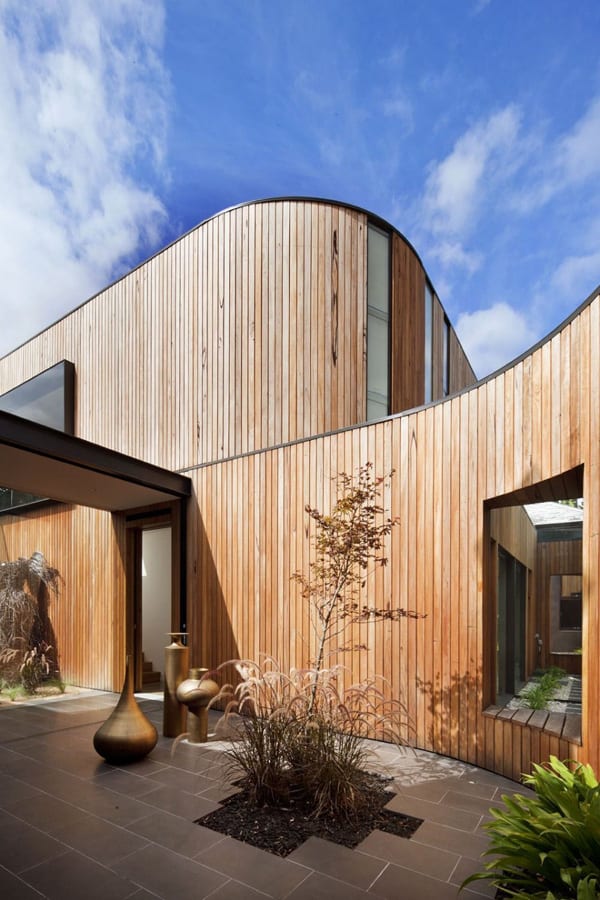
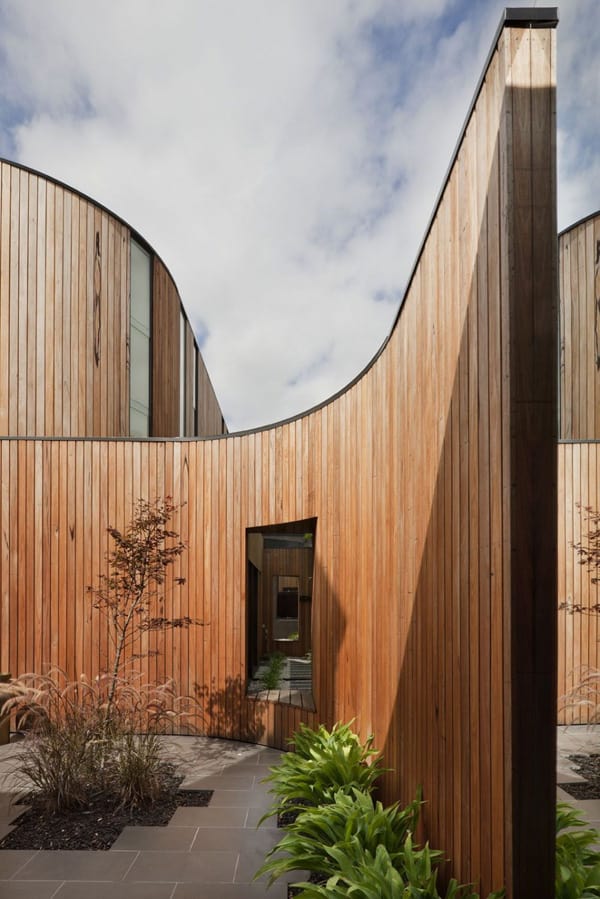
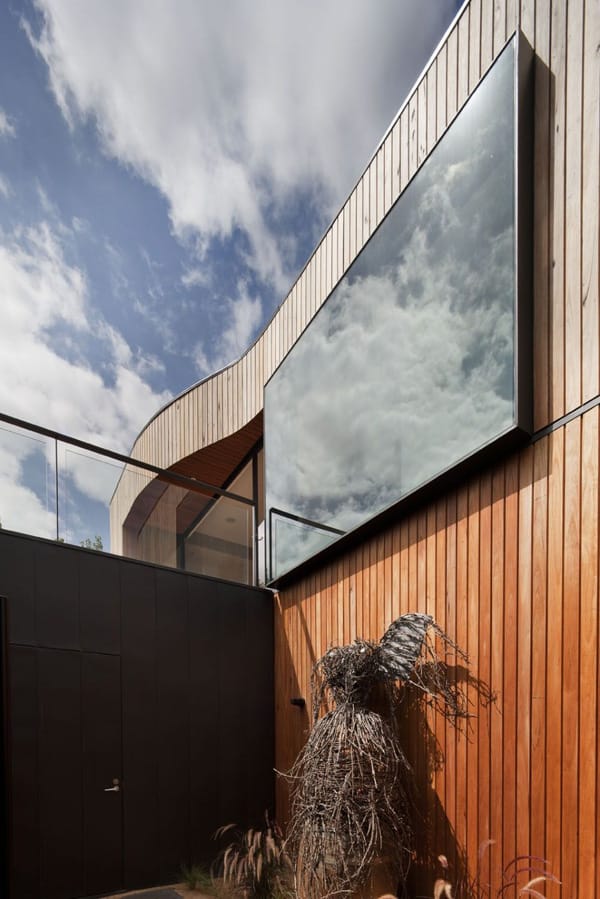
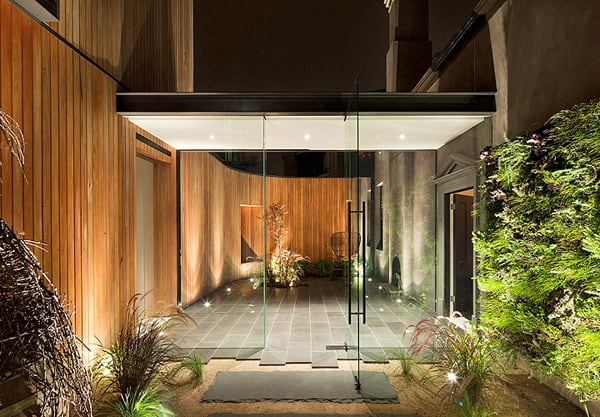
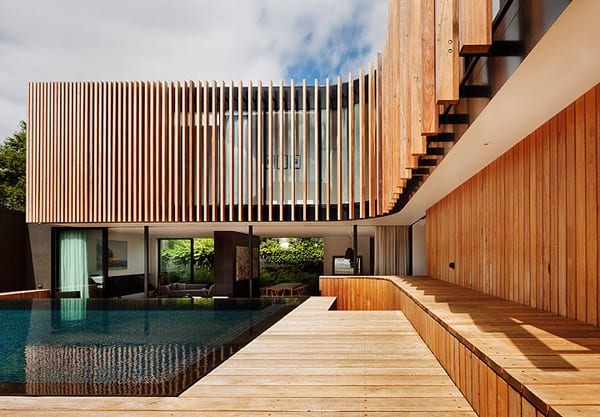
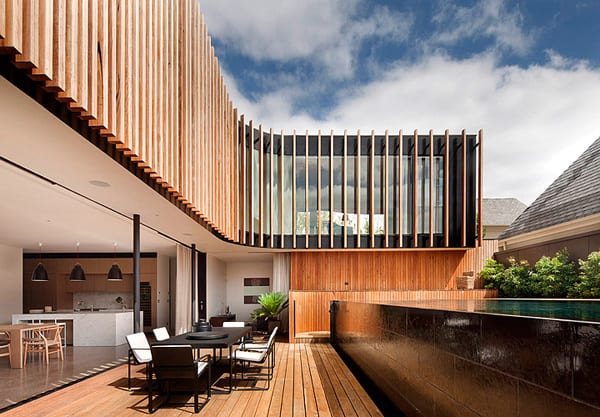
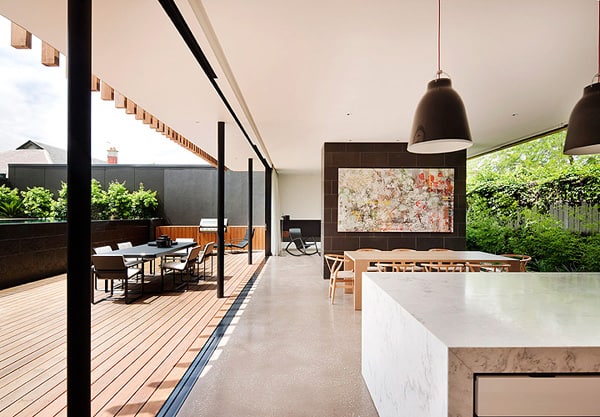
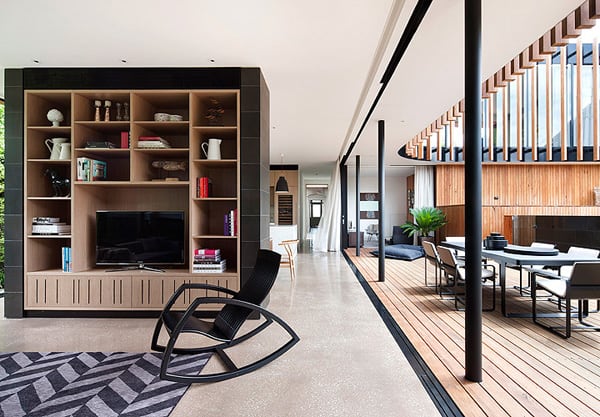
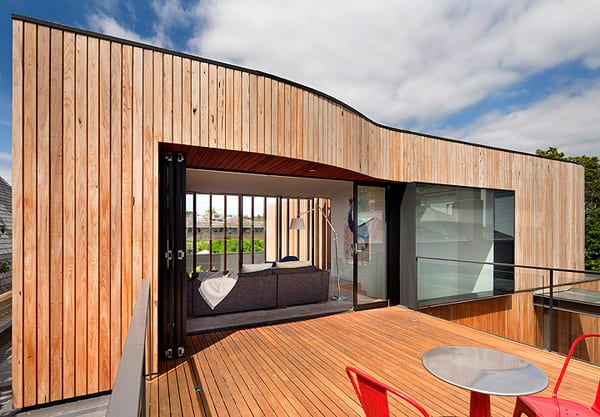

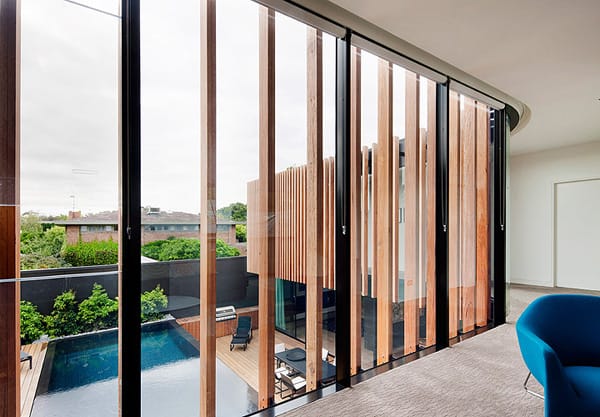
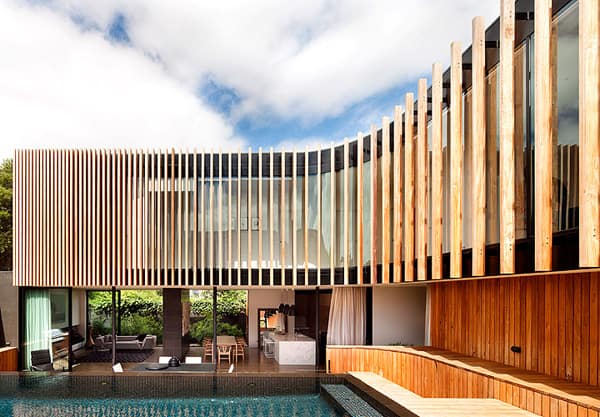


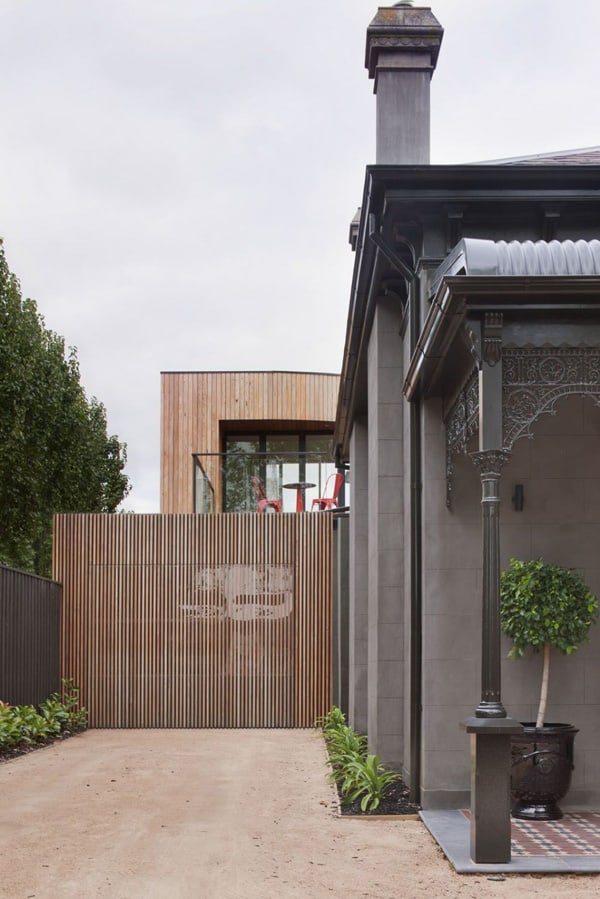
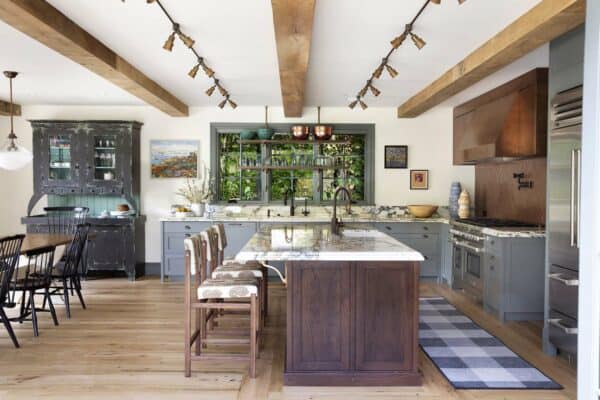
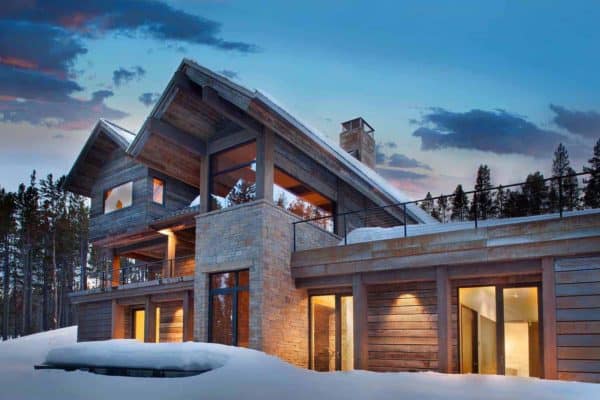

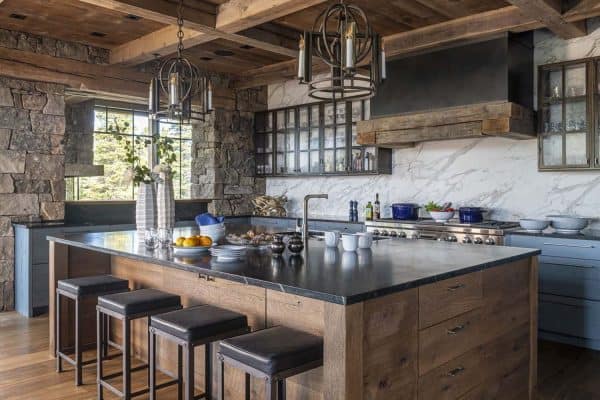
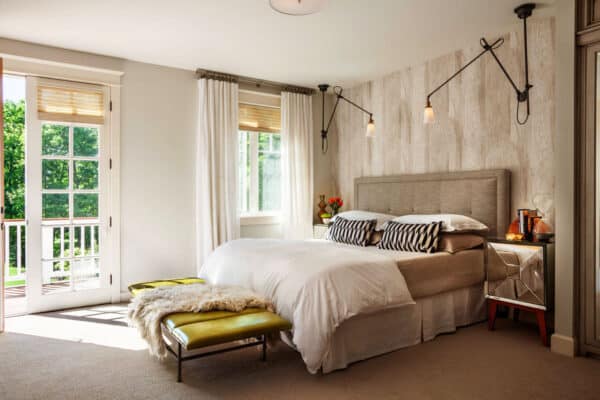

1 comment